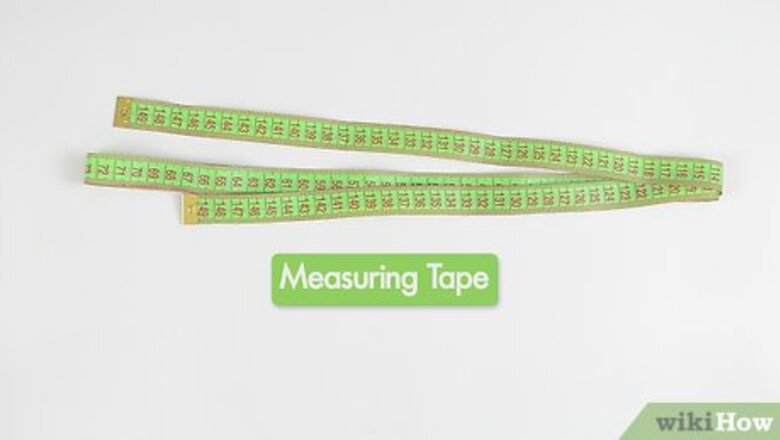
views
Getting the Measuring Basics Down
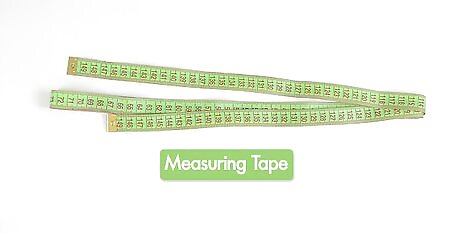
Use a measuring tape. Tailors, seamstresses, clothiers, and other garment makers generally use tape measures to get the correct measurements of a person when fitting for clothes or altering items. These portable, flexible tools are your best friend when it comes to measuring your pants. When measuring with a tape measure, pull the tape taut, but don't stretch it. Clothing tape measures are often made of a soft synthetic material that can distort if stretched, resulting in inaccurate measurements. You can also use a plastic measuring tape that you might find in your toolkit. This type of tape measure isn’t as easy to use, but it will still bend, allowing you to measure curves.

Use a pair of pants that fit you well. If you’re measuring your pants to figure out which style and size is right for you, it’s best to use a pair of pants that fit you properly. Ideally these pants will not be too worn out or stretched. The legs of the pants should also extend roughly to your ankle bone, or a little lower depending on preference. Not all types of pants will have the same measurements. Grab a few different kinds of pants that fit you well. Dress pants will be slightly different than chinos, or jeans.
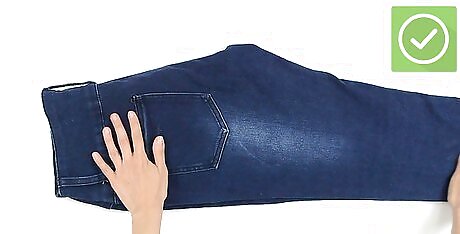
Lay your pants flat on the floor. The easiest way to measure pants is to lay the pants on a flat surface. If you try to measure a pair of pants that you are wearing, you may not get the right measurements as you shift your body to see the measurements. Your pants shouldn’t be too worn in so that you can get a realistic measurement. If the pants you are measuring are wrinkled, quickly smooth the fabric out with an iron. Measuring your pants is mostly the same for both men and women. However, sizing for men is typically represented by the length of the measurement in inches, whereas women’s sizes are typically represented by another number.
Measuring Your Pants
Measure the waist of your pants. To get the most accurate measurement of your pant’s waist lay the pants flat on the floor. Smooth the pants out so there is no bunching. Don’t stretch the pants, though. Measure flat across the back waistband from one corner to the other. Double the number to get the actual waist size. Make sure your pants are also facing up, with the front pockets facing the ceiling. If your pants are lying correctly, the front part of the waistband will be resting slightly below the back.
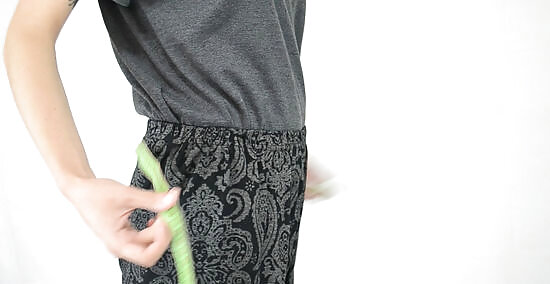
Measure your actual waist. You may want to measure your actual waist, but also the waist of your pants to get an accurate size. To measure your waist, wear underwear or similar clothing that is well fitting. Make your measurement at your natural waist. This is at the thinnest portion of your body, between your ribs and your belly button. You can find your natural waist by bending to the side and seeing where your body creases. Wrap the measuring tape around your waist and record the measurement where the tape meets itself. Look at your measurement without bending. Use a mirror to help you. Keep one finger between the tape and your body as you measure. This keeps you from drawing the tape too tightly. Resist the urge to draw your stomach in. Try to stand as you normally would, while still having proper posture. Keep the measuring tape parallel to the floor for an accurate measurement. If you are having a hard time finding where your waist is, wrap your hands around your stomach and squeeze slightly. Then, move your hands down until you feel the top of your hip bone. By measuring your waist and the waist of your pants separately, you can learn what your actual waist size is, and the actual size of your pant’s waistline as the two might be slightly different.

Measure the hips. Measure across your pants at the base of the zipper. Make sure that you go to the edge of each seam. Once you’ve measured the front, double the number to get the whole measurement. When measuring your pants on the floor, make sure to measure from the outer stitching of each seam.
Measure your inseam.Starting from the crotch, where the pieces of fabric in your pants intersect, draw the measuring tape down the inside of one leg and to the very bottom of the pant leg where it would naturally hang around your shoe. You can also wear a pair of pants and stand straight with your back against the wall to get another measurement for accuracy. However, this method works best if you have a friend to measure for you. Note that inseams are usually measured to the nearest half-inch. Use a pair of pants that fit you well to get the most accurate measurement on your inseam. If you are measuring alone, tape the measuring tape to the inside of your heel, or the bottom of your pants (whichever you prefer) and then measure upwards. If the leg of your pants doesn't sit where you'd like it to (if you cuff your pants), measure to where you'd like your pair of pants to end.
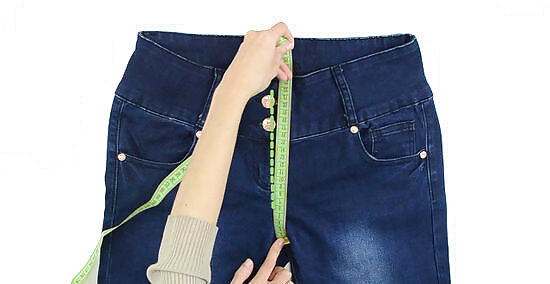
Measure your front rise. To measure the front rise of your pants, start at the bottom center of the crotch seam and measure up to the top of the waistband. Rises usually range from 7 inches (180 mm) to 12 inches (300 mm). Pants typically come in a regular rise, low rise, and high rise. Low sits below the waist, regular at the waist, and high above the waist. Note that the definition of the rise measurement varies. Some define the "rise" as the measurement extending from the back of the waistband down between the legs and up to the front of the waistband.


















Comments
0 comment